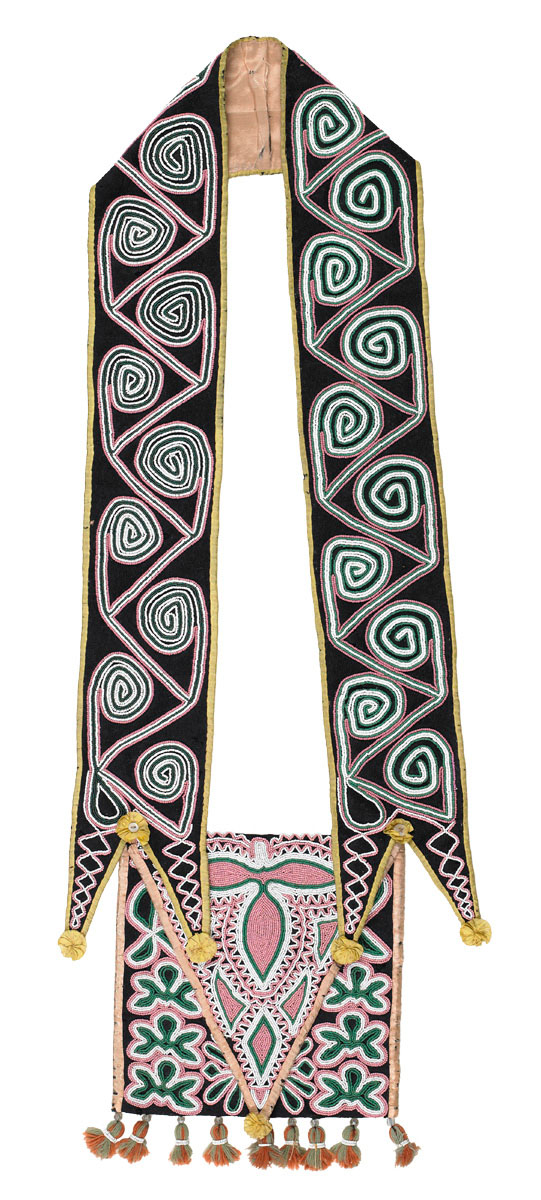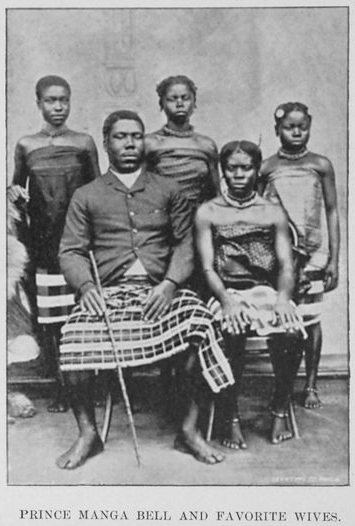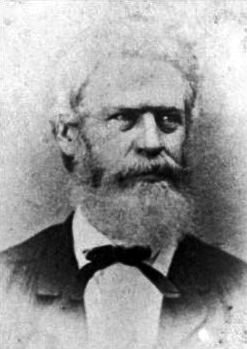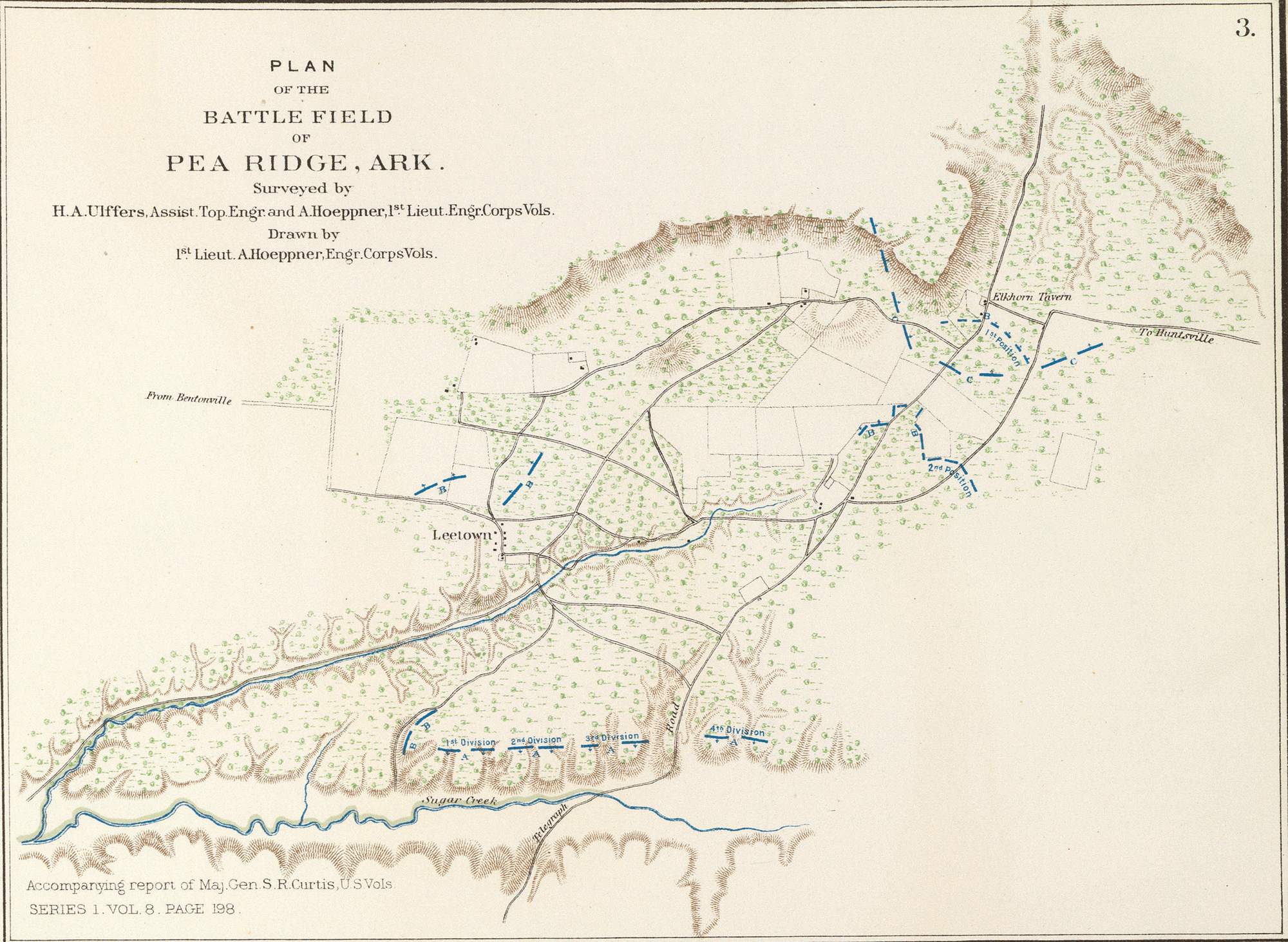|
D. N. McIntosh
Daniel Newnan McIntosh (1822–1896), often identified as D. N. McIntosh, was a Native American rancher, soldier and politician, the youngest son of Muskogee Chief William McIntosh (1790–1825). He was a member of one of the most influential Lower Creek families of the 19th century; after they migrated west in 1828, they continued as leaders of what was then called the Western Creek Nation. During the American Civil War, D. N. McIntosh organized a regiment and joined the Confederate States Army as a colonel. He was notable for recruiting and organizing the 1st Creek Mounted Volunteers and for leading them in several battles in Indian Territory. After the war, he continued as a farmer and rancher. Early years According to one source, McIntosh, known as "D.N.", was born near Newnan, Georgia. [...More Info...] [...Related Items...] OR: [Wikipedia] [Google] [Baidu] |
Muscogee
The Muscogee, also known as the Mvskoke, Muscogee Creek or just Creek, and the Muscogee Creek Confederacy ( in the Muscogee language; English: ), are a group of related Indigenous peoples of the Southeastern Woodlands Here they waged war against other bands of Native American Indians, such as the Savanna, Ogeeche, Wapoo, Santee tribe, Santee, Yamasee, Northern Utina, Utina, Icofan, Patican and others, until at length they had overcome them, and absorbed some as confederates into their tribe. In the mid-16th century, when explorers from the Spanish Empire, Spanish made their first forays inland from the shores of the Gulf of Mexico, many political centers of the Mississippians were already in decline, or abandoned. The region is best described as a collection of moderately sized native chiefdoms (such as the Coosa chiefdom on the Coosa River), interspersed with completely autonomous villages and tribal groups. The earliest Spanish explorers encountered villages and chiefdoms o ... [...More Info...] [...Related Items...] OR: [Wikipedia] [Google] [Baidu] |
Polygamy
Polygamy (from Late Greek , "state of marriage to many spouses") is the practice of marriage, marrying multiple spouses. When a man is married to more than one wife at the same time, it is called polygyny. When a woman is married to more than one husband at the same time, it is called polyandry. In sociobiology and zoology, researchers use ''polygamy'' in a broad sense to mean any form of multiple mating. In contrast to polygamy, monogamy is marriage consisting of only two parties. Like "monogamy", the term "polygamy" is often used in a ''de facto'' sense, applied regardless of whether a State (polity), state recognizes the relationship.For the extent to which states can and do recognize potentially and actual polygamous forms as valid, see Conflict of marriage laws. In many countries, the law only recognises monogamous marriages (a person can only have one spouse, and bigamy is illegal), but adultery is not illegal, leading to a situation of ''de facto'' polygamy being allo ... [...More Info...] [...Related Items...] OR: [Wikipedia] [Google] [Baidu] |
Native American Tribal Government Officials In Indian Territory
Native may refer to: People * '' Jus sanguinis'', nationality by blood * '' Jus soli'', nationality by location of birth * Indigenous peoples, peoples with a set of specific rights based on their historical ties to a particular territory ** Native Americans (other) In arts and entertainment * Native (band), a French R&B band * Native (comics), a character in the X-Men comics universe * ''Native'' (album), a 2013 album by OneRepublic * ''Native'' (2016 film), a British science fiction film * ''The Native'', a Nigerian music magazine In science * Native (computing), software or data formats supported by a certain system * Native language, the language(s) a person has learned from birth * Native metal, any metal that is found in its metallic form, either pure or as an alloy, in nature * Native species, a species whose presence in a region is the result of only natural processes * List of Australian plants termed "native", whose common name is of the form "native . . . ... [...More Info...] [...Related Items...] OR: [Wikipedia] [Google] [Baidu] |
1896 Deaths
Events January * January 2 – The Jameson Raid comes to an end as Jameson surrenders to the Boers. * January 4 – Utah is admitted as the 45th U.S. state. * January 5 – An Austrian newspaper reports Wilhelm Röntgen's discovery, last November, of a type of electromagnetic radiation, later known as X-rays. * January 6 – Cecil Rhodes is forced to resign as Prime Minister of the Cape Colony, Cape of Good Hope for his involvement in the Jameson Raid. * January 7 – American culinary expert Fannie Farmer publishes her first cookbook. * January 12 – H. L. Smith takes the first X-ray photograph. * January 16 – Devonport High School for Boys is founded in Plymouth (England). * January 17 – Anglo-Ashanti wars#Fourth Anglo-Ashanti War (1895–1896), Fourth Anglo-Ashanti War: British British Army, redcoats enter the Ashanti people, Ashanti capital, Kumasi, and Asantehene Agyeman Prempeh I is deposed. * January 28 – Walter Arnold, of E ... [...More Info...] [...Related Items...] OR: [Wikipedia] [Google] [Baidu] |
1822 Births
Events January–March * January 1 – The Greek Constitution of 1822 is adopted by the First National Assembly at Epidaurus. * January 3 – The famous French explorer, Aimé Bonpland, is imprisoned in Paraguay on charges of espionage. * January 7 – The first freed slaves from the United States arrive on the west coast of Africa, founding Monrovia on April 25. * January 9 – The Portuguese prince Pedro I of Brazil decides to stay in Brazil against the orders of the Portugal's King João VI, beginning the Brazilian independence process. * January 13 – The design of the modern-day flag of Greece is adopted by the First National Assembly at Epidaurus, for their naval flag. * January 14 – Greek War of Independence: Acrocorinth is captured by Theodoros Kolokotronis and Demetrios Ypsilantis. * February 6 – The Chinese junk '' Tek Sing'' sinks in the South China Sea, drowning more than 1,800 people on board. The wreckage will not be located until 1999. * Fe ... [...More Info...] [...Related Items...] OR: [Wikipedia] [Google] [Baidu] |
First Battle Of Cabin Creek
The First Battle of Cabin Creek occurred from July 1 to July 2, 1863, Mayes County, Oklahoma during the American Civil War. Confederate forces, led by Colonel Stand Watie, sought to ambush a Union supply convoy commanded by Colonel James Monroe Williams. However, Williams received advance warning of the attack. Despite the swollen waters of the creek due to rain, Williams launched a successful assault on the entrenched Confederate position, forcing them to retreat. Although a Confederate Army detachment attempted to raid a Union Army supply train bound for Fort Gibson in July 1863, they were unable to impede the Union detachment, which contributed to the Union's victory in the Battle of Honey Springs later that month. Notably, this battle marked the first instance of African American troops fighting alongside their white comrades. Two Civil War military engagements were fought at the Cabin Creek battlefield in the Cherokee Nation within Indian Territory. The location was where ... [...More Info...] [...Related Items...] OR: [Wikipedia] [Google] [Baidu] |
Battle Of Honey Springs
The Battle of Honey Springs, also known as the Affair at Elk Creek, on July 17, 1863, was an American Civil War Engagement (military), engagement and an important victory for Union forces in their efforts to gain control of the Indian Territory. It was the largest confrontation between Union and Confederate forces in the area that would eventually become Oklahoma. The engagement was also unique in the fact that white soldiers were the minority in both fighting forces. Native Americans in the United States, Native Americans made up a significant portion of each of the opposing armies and the Union force contained African-American units. The battleground is about northeast of what is now Checotah, Oklahoma and south of Muskogee, Oklahoma, Muskogee.Freeman, Charles R "The Battle of Honey Springs." In: ''Chronicles of Oklahoma''. Volume 13, Number 2. June, 1935. Retrieved January 31, 2014. It was also about southwest of Fort Gibson. [...More Info...] [...Related Items...] OR: [Wikipedia] [Google] [Baidu] |
Battle Of Old Fort Wayne
The Battle of Old Fort Wayne, also known as Maysville, Beattie's Prairie, or Beaty's Prairie, was an American Civil War battle on October 22, 1862, in Delaware County, Oklahoma, Delaware County in what is now eastern Oklahoma. Confederate Major General Thomas C. Hindman, commander of the Trans-Mississippi Department, had ordered his troops to put down bushwhackers in southwest Missouri and northwest Arkansas. At the time, Colonel Douglas H. Cooper and his Indian Brigade were stationed near Newtonia, Missouri, preparing to move to Springfield, Missouri. Hindman ordered Cooper to hold Newtonia until he could move other troops to surround Springfield. There were several skirmishes between Confederate and Union forces from September 30 and October 3. On October 4, Blunt's troops surrounded Newtonia on three sides. Cooper and his Indian forces beat a hasty retreat back to Indian Territory. [...More Info...] [...Related Items...] OR: [Wikipedia] [Google] [Baidu] |
Battle Of Pea Ridge
The Battle of Pea Ridge (March 7–8, 1862), also known as the Battle of Elkhorn Tavern, took place during the American Civil War near Leetown, Arkansas, Leetown, northeast of Fayetteville, Arkansas, Fayetteville, Arkansas. United States, Federal forces, led by Brig. Gen. Samuel Ryan Curtis, Samuel R. Curtis, moved south from Mid-Missouri, central Missouri, driving Confederate States of America, Confederate forces into northwestern Arkansas. Maj. Gen. Earl Van Dorn had launched a Confederate counter-offensive, counteroffensive, hoping to recapture northern Arkansas and Missouri. Confederate forces met at Bentonville, Arkansas, Bentonville and became the most substantial Rebel force, by way of guns and men, to assemble in the Trans-Mississippi theater of the American Civil War, Trans-Mississippi. Against the odds, Curtis held off the Confederate attack on the first day and drove Van Dorn's force off the battlefield on the second. By defeating the Confederates, the Union forces e ... [...More Info...] [...Related Items...] OR: [Wikipedia] [Google] [Baidu] |
Battle Of Chustenahlah
The Battle of Chustenahlah was fought in Osage County, Oklahoma, (then Unassigned Lands, Indian Territory) on December 26, 1861, during the American Civil War. A band of 9,000 Union (American Civil War), pro-Union Native Americans in the United States, Native Americans was forced to flee to Kansas in bitter cold and snow in what became known as the Trail of Blood on Ice. Background Confederate States Army troops undertook a campaign to subdue the Native Union (American Civil War), American Union (Northern / Federal) sympathizers in the federal Indian Territory (modern Oklahoma, state of Oklahoma since 1907) and consolidate increasing Southern control. They attacked Chief Opothleyahola's band of Creek (people), Creek and Seminole Indians, Seminole (led by Chief Halek Tustenuggee) at the battles of Battle of Round Mountain, Round Mountain and Battle of Chusto-Talasah, Chusto-Talasah. The Confederates wanted to finish off the Indians by attacking them in their camp at ''Chustenahl ... [...More Info...] [...Related Items...] OR: [Wikipedia] [Google] [Baidu] |
Battle Of Chusto-Talasah
The Battle of Chusto-Talasah, also known as Bird Creek, Caving Banks, and High Shoal, was fought December 9, 1861, in what is now Tulsa County, Oklahoma (then Indian Territory) during the American Civil War. It was the second of three battles in the Trail of Blood on Ice campaign for the control of Indian Territory during the American Civil War. A series of battles were fought in December in bad weather between the Confederate Cherokee and Choctaw Indians and the Union Creek and Seminole Indians (led by the Muscogee Creek chief Opothleyahola) who supported the Federal government. Following Opothleyahola and his Union force’s defeat at Round Mountain, he retreated northeastward in search of safety. On December 9, 1861, the force was at ''Chusto-Talasah'' (Caving Banks) on the Horseshoe Bend of Bird Creek when Col. Douglas H. Cooper’s 1,300 Confederates attacked about 2:00 p.m. Chief Opothleyahola knew Cooper was coming and had placed his troops in a strong posi ... [...More Info...] [...Related Items...] OR: [Wikipedia] [Google] [Baidu] |
Battle Of Round Mountain
The Battle of Round Mountain was the first battle in the Trail of Blood on Ice campaign for the control of Indian Territory during the American Civil War that occurred on November 19, 1861. Its main purpose was to prevent Union supporters of the Creek Nation, led by Opothleyahola from fleeing Indian Territory to the protection of Union forces in Kansas. The physical location of the battle is in dispute. Some historians believe it to be near Keystone while others contend that it is near Yale, Oklahoma. The event is sometimes referred to as the Battle of Red Fork.Debo, Angie. "The Site of the Battle of Round Mountain, 1861". ''Chronicles of Oklahoma''. Vol. XXVII, No. 2 (Summer, 1949) pp. 187-206. Acces ... [...More Info...] [...Related Items...] OR: [Wikipedia] [Google] [Baidu] |









